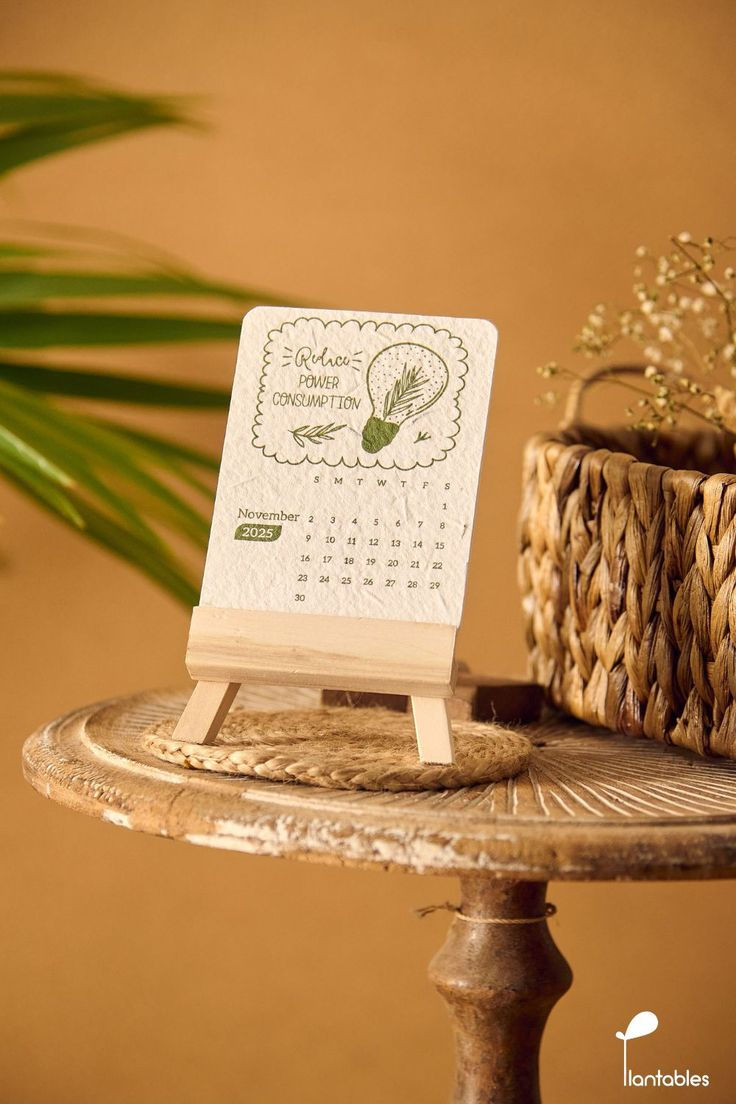Minimalism meets sustainability : How less is truly more !
- ttanu1106
- Feb 23
- 4 min read
In a society often obsessed with consumption and excess, the principles of minimalism and sustainability shine brightly as a breath of fresh air. These concepts not only make our lives simpler but also promote the health of our planet. By adopting a minimalist lifestyle, we can cultivate sustainable living practices that make the phrase “less is more” more than just a saying; it can become a way of life.
Understanding Minimalism
Minimalism is more than just decluttering your home; it's a lifestyle choice that centers on focusing on what truly matters. By letting go of unnecessary possessions and commitments, you create space for experiences and items that genuinely enrich your life. Research suggests that clutter can increase stress levels by 40% and lead to poorer decision-making. In contrast, simplicity allows for greater mental clarity and peace.
For example, consider a family that decides to downsize their belongings from twenty pairs of shoes to just five versatile options. Not only do they relieve the stress of maintaining excess items, but they also save money that would have been spent maintaining or replacing those shoes.
What is Sustainability?
Sustainability is about fulfilling our current needs without compromising the ability of future generations to meet theirs. It involves mindful resource use, ecosystem preservation, and promoting social fairness. Individuals dedicated to sustainability often make choices that reduce waste and decrease their carbon footprint.
For instance, recycling one aluminum can saves enough energy to run a TV for three hours. When we integrate sustainable practices into our daily lives, we contribute to creating a healthier community and a more balanced environment. Imagine the cumulative impact if everyone adopted similar habits.
The Intersection of Minimalism and Sustainability
When minimalism intertwines with sustainability, the benefits can be profound. By focusing on what we truly need, we naturally start to consume less and waste less. Here are some practical examples of how this synergy plays out in daily life:
Quality Over Quantity
Minimalism encourages investing in fewer, high-quality products. For instance, purchasing a high-quality winter coat may cost $200 upfront, but it lasts for years compared to buying multiple cheaper coats that break down in a season. This approach not only saves money but also supports sustainable production processes.
Intentional Consumption
With a minimalist mindset, each decision becomes intentional. Before making a purchase, consider its true value to your life. Statistics show that impulse purchases can lead to a 20% increase in overall spending. Being mindful can redirect those funds toward more meaningful, eco-friendly choices.
Decluttering with Purpose
Letting go of items that no longer serve a purpose can significantly impact sustainability. Instead of discarding clothes, consider donating them to local shelters or thrift stores. In 2018, the Environmental Protection Agency (EPA) noted that Americans generated about 292.4 million tons of trash, with textiles contributing significantly. By recycling or repurposing, we help reduce this statistic.
Mindful Eating and Cooking
A focus on minimalism can lead to healthier eating habits. Opting for seasonal, locally-sourced ingredients can cut greenhouse gas emissions significantly. For example, if you buy from a local farmer’s market instead of a grocery store, you could reduce your carbon footprint by up to 50%. Cooking at home also means less packaging waste, contributing further to sustainability.
Digital Minimalism
In our increasingly digital lives, applying minimalism can help us stay grounded. Reducing screen time can lead to lower energy consumption; it has been estimated that if every Indian reduced their screen time by just one hour a day, it could save approximately 6.3 billion kilowatt-hours annually. This not only benefits the environment but also enhances mental clarity.

Setting Goals for a Minimalist and Sustainable Future
To embrace minimalism and sustainability, it is helpful to set clear, actionable goals. Here are a few steps to create a more mindful lifestyle:
Create a Personal Inventory
Take time to assess your belongings. Understanding what you truly use helps spotlight areas for reduction. This self-evaluation can motivate you to make sustainable choices aligned with your values.
Embrace Zero Waste Practices
Aim for zero waste by reducing single-use products, composting organic matter, and choosing durable alternatives. Small changes, such as replacing plastic bags with reusable ones, can significantly impact the environment over time.
Educate Yourself and Others
Expand your knowledge on sustainability and minimalism, then share what you learn. Engaging conversations can foster community support, making the path toward minimalism more enjoyable and impactful.
Practice Gratitude
Cultivating gratitude for what you already have can transform your mindset. This shift helps minimize the desire for more and reinforces the appreciation of living with less, which can improve mental well-being.
Review and Reflect Regularly
Regularly assess your progress to stay aligned with your values. Reflect on what changes you’ve embraced and how they have influenced your life. Adapting your goals can lead to continuous growth.

Embracing a Balanced Lifestyle
Combining minimalism and sustainability provides a meaningful way to live that aligns with our values and benefits the planet. In an age where excess is the norm, choosing simplicity can feel like a radical act.
By making these principles part of your daily routine, you not only enhance your own life but also contribute to a sustainable future. As you clear out physical space and curate your belongings mindfully, remember that every small action can create a significant impact.
Ultimately, recognizing that less is truly more opens the door to a more aware and fulfilling existence, both for yourself and for our shared home. Start your journey toward a minimalist, sustainable lifestyle today!











Comments